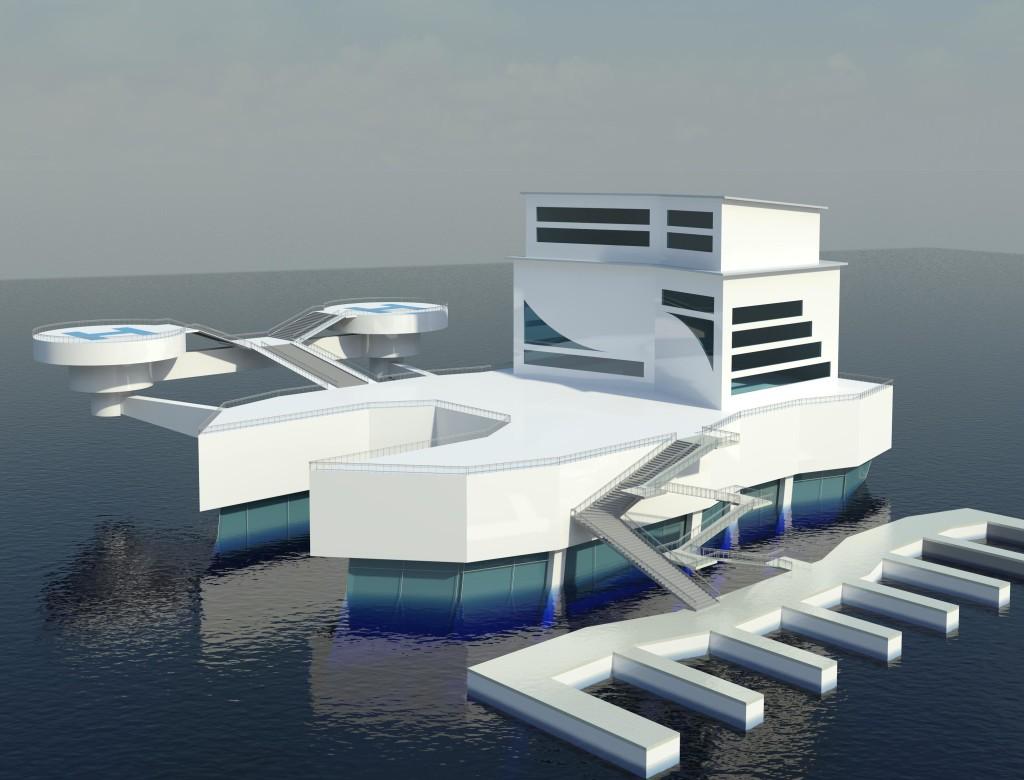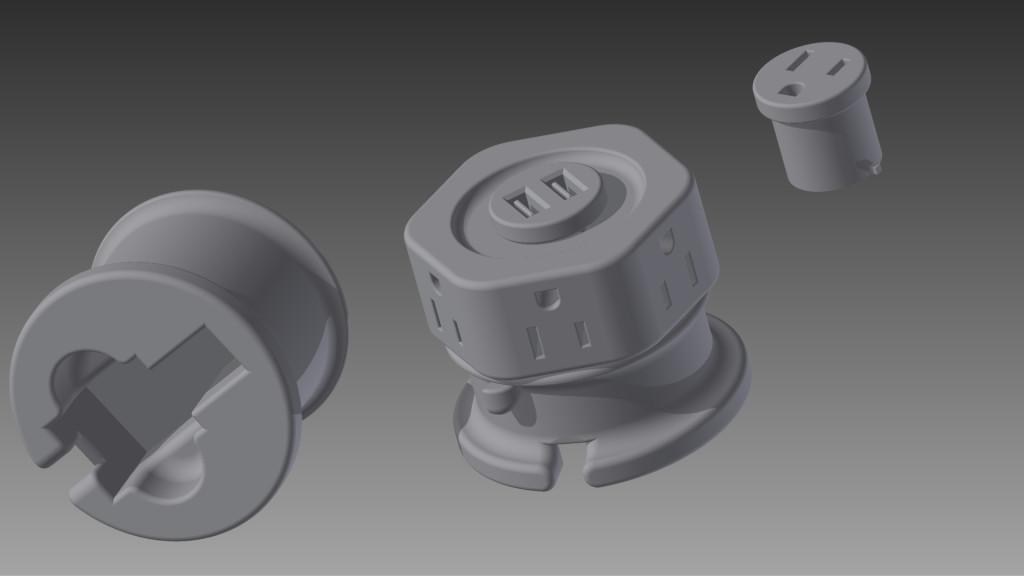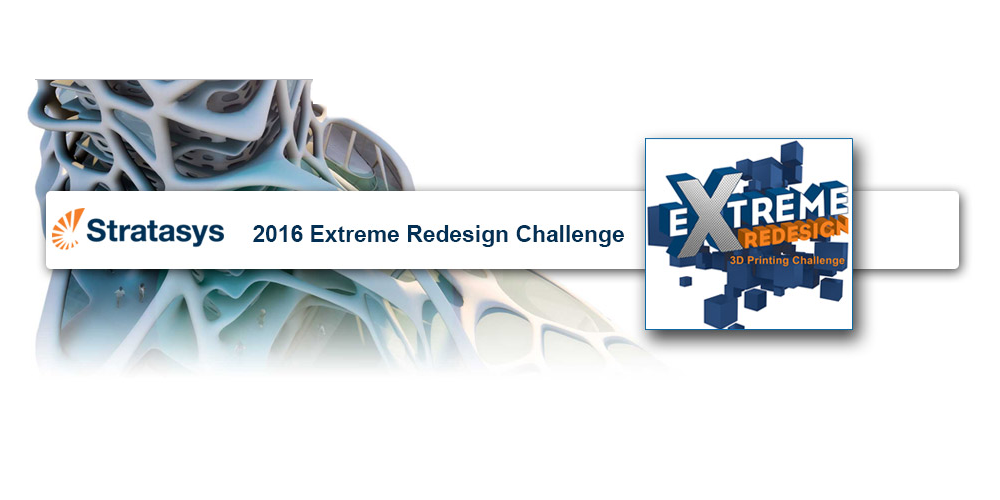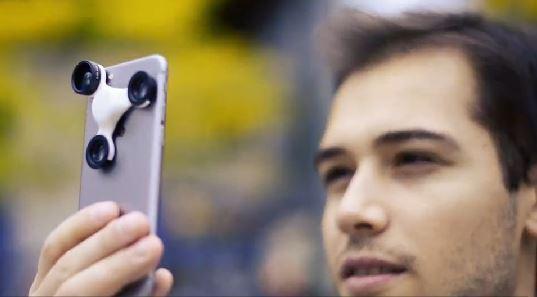 They say you learn something new every day, but I feel quite stupid about this one: I genuinely didn’t know that underwater hotels were actually a thing that currently exists. I’ve heard lots of talk about underwater architecture as a thing of the future, but somehow I missed the fact that it’s already being done. Underwater hotels exist off the coasts of Dubai, Florida, the Maldives, even Sweden. They’re ridiculously expensive, of course, but you can eat, sleep, drink and party while fishes and such glide past your windows. Mind — blown.
They say you learn something new every day, but I feel quite stupid about this one: I genuinely didn’t know that underwater hotels were actually a thing that currently exists. I’ve heard lots of talk about underwater architecture as a thing of the future, but somehow I missed the fact that it’s already being done. Underwater hotels exist off the coasts of Dubai, Florida, the Maldives, even Sweden. They’re ridiculously expensive, of course, but you can eat, sleep, drink and party while fishes and such glide past your windows. Mind — blown.
Zachary Trippodo, a student at Fairfield Ludlowe High School in Fairfield, Connecticut, knows a lot more than I do about underwater hotels. He knows so much, in fact, that he designed his own, and it won him first place in the Art & Architecture category of the Stratasys 2016 Extreme Redesign 3D Printing Challenge. The competition, which challenged students to use 3D printing to improve upon or redesign existing items or processes, revealed its finalists early this month and now has announced winners today, and I must say that they’re pretty ingenious.
Trippodo’s hotel design expands – quite literally – on existing underwater hotels, with a total of 20 floors extending down beneath the sea. He makes it easy to access regardless of your preferred mode of transportation, with two helicopter pads plus a boat dock connected to the above-the-surface entrance and check-in point. He’s also included handicap ramps to make the hotel fully accessible to everyone.
 The second place winner in the Art and Architecture category also had the sea on her mind. Lauren Lee of John F. Kennedy Middle School in Cupertino, California designed a beautiful 3D printed locket based on the form of the sea anemone. Lee explains that the anemone, a critical part of coral reef ecosystems, is dying off at an alarming rate thanks to rising sea temperatures. She hopes that her locket, in addition to being a useful accessory or container, will serve as a reminder that these creatures need our protection.
The second place winner in the Art and Architecture category also had the sea on her mind. Lauren Lee of John F. Kennedy Middle School in Cupertino, California designed a beautiful 3D printed locket based on the form of the sea anemone. Lee explains that the anemone, a critical part of coral reef ecosystems, is dying off at an alarming rate thanks to rising sea temperatures. She hopes that her locket, in addition to being a useful accessory or container, will serve as a reminder that these creatures need our protection.
“My sea anemone locket is a design meant to be both lovely and useful, holding little trinkets on your neck,” says Lee. “You can remove the hole that would be used to string it on your neck, and instead use the anemone locket as a container. It snaps shut, so it can hold your possessions safely. When you use it, you will be reminded to help stop carbon pollution.”
In the Secondary Education Engineering category, first prize went to Li Cheng Yu of Etobicoke Collegiate Institute in Toronto. He focused his design on a common household item that just about all of us have used, and probably been frustrated by at some point: the outlet extension.
“A well designed and efficient outlet extension should be compact and contain a high quantity of outlets,” he explains. “However, the extension bars that are on the market today do not meet consumer standards and have many architectural flaws. The compact extension bars have very few outlets and the extension bars with lots of outlets are bulky and awkward.”
 Yu solved these problems by designing a modular hexagonal extension with an outlet on each of its sides, plus a seventh on the top that can be used as either a standard outlet or a USB port. Smaller than your typical coffee mug, the extension is made from three separate parts that fit together and can be customized. The design includes features such as a storage area for unused plugs, plus a base around which cords can be wrapped, keeping everything neat, compact and portable.
Yu solved these problems by designing a modular hexagonal extension with an outlet on each of its sides, plus a seventh on the top that can be used as either a standard outlet or a USB port. Smaller than your typical coffee mug, the extension is made from three separate parts that fit together and can be customized. The design includes features such as a storage area for unused plugs, plus a base around which cords can be wrapped, keeping everything neat, compact and portable.
Second place in the category went to Joseph Busch from Benilde-St. Margaret’s School in Minnesota, who designed a CNC attachment for a drill press. CNC mills are too expensive for high schools, Busch explains; however, most high schools have drill presses for multiple class applications. His design uses simple tools to convert a drill press into a CNC mill so that students can gain experience in computer-aided design in manufacturing without extra cost.
First place in the Post-Secondary Engineering category was a team effort from Aris Pecci and Remi Carreiro from Toronto’s Ryerson University. Their Hypershot is a smartphone camera lens attachment that consists of three different lenses on a rotating mechanism. The small device can be attached to any smartphone via suction cups and doesn’t scratch the phone’s surface or built-in lens.
In second place was another team from Ryerson: Alborz Razavitousi and Arman Ghafouri-Azar with sketcHold, an ergonomic 3D printed tool that can attach to most sketchbooks and some bags. The adjustable device can securely hold a variety of sketching tools, and it also doubles as a grip, allowing the artist to comfortably hold a sketch pad aloft while drawing.
The NCATC award, which goes to a student from a school in the National Coalition of Advanced Technology Centers, went to Jason Fontaine of San Jacinto College in Texas. His Intelligent Waterbots expand on the underwater robotics research that San Jacinto’s Artificial Intelligence Technology Lab is currently undertaking in cooperation with NASA’s Aerospace Academy.
“Current kits direct wire to motors, making sensor data and wireless communication not possible while boasting costs of several hundred dollars,” Fontaine says. “Here, we propose a simple containment chamber for intelligent technology along with open-source and openly available materials to construct superior bots at a fraction of the cost.”
Fontaine’s design consists of a 3D printed containment chamber and propellers, along with inexpensive motors and Arduino controllers. The underwater robots, which can be controlled via remote control, are much less expensive than existing models and will, according to Fontaine, allow many more students from local universities and summer camps to participate in important research alongside NASA.
Finally, there was the Make a Difference Award, whose purpose is self-explanatory. The recipient was Marcus Magaña from ITESM Puebla in Mexico, who designed a 3D printed Braille alphabet for computer keyboards. Current Braille keyboards are expensive and difficult to obtain, he explains, and the Braille stickers that can be placed on keys don’t tend to hold up very well. His 3D printed pieces are ultra-thin and can be glued securely to computer keys – they’re also easily replaceable.
The challenge’s first place winners will each receive $2,500 scholarships, while second place winners will receive $1,000 scholarships. The Make a Difference winner will receive $1,500 in scholarship money. In addition, the instructors who mentored each of the first place winners will be given a demo 3D printer to use in the classroom for a limited time.
The 2016 challenge was the 12th held by Stratasys on a yearly basis; the 2017 competition will open this September. For more information on the winners and their designs, including full PDF and video presentations, look here. Discuss in the Stratasys 3D Printing Challenge forum over at 3DPB.com.
Subscribe to Our Email Newsletter
Stay up-to-date on all the latest news from the 3D printing industry and receive information and offers from third party vendors.
Print Services
Upload your 3D Models and get them printed quickly and efficiently.
You May Also Like
Heating Up: 3D Systems’ Scott Green Discusses 3D Printing’s Potential in the Data Center Industry
The relentless rise of NVIDIA, the steadily increasing pledges of major private and public investments in national infrastructure projects around the world, and the general cultural obsession with AI have...
3DPOD 260: John Hart on VulcanForms, MIT, Desktop Metal and More
John Hart is a Professor at MIT; he´s also the director of the Laboratory for Manufacturing and Productivity as well as the director of the Center for Advanced Production Technologies....
Etsy Design Rule Change Reduces Selection of 3D Printed Goods
Online marketplace Etsy has implemented a rule change requiring all 3D printed goods on the site to be original designs. The update to the site’s Creativity Standards states, ¨Items produced using...
E-Beam OEM Wayland Additive Partners with USC Racing to 3D Print Titanium Exhaust Collector
Every year, standards organization SAE International holds a competition called Formula SAE, in which students from both undergraduate and graduate programs design, build, and race small formula-style race cars. For...


































